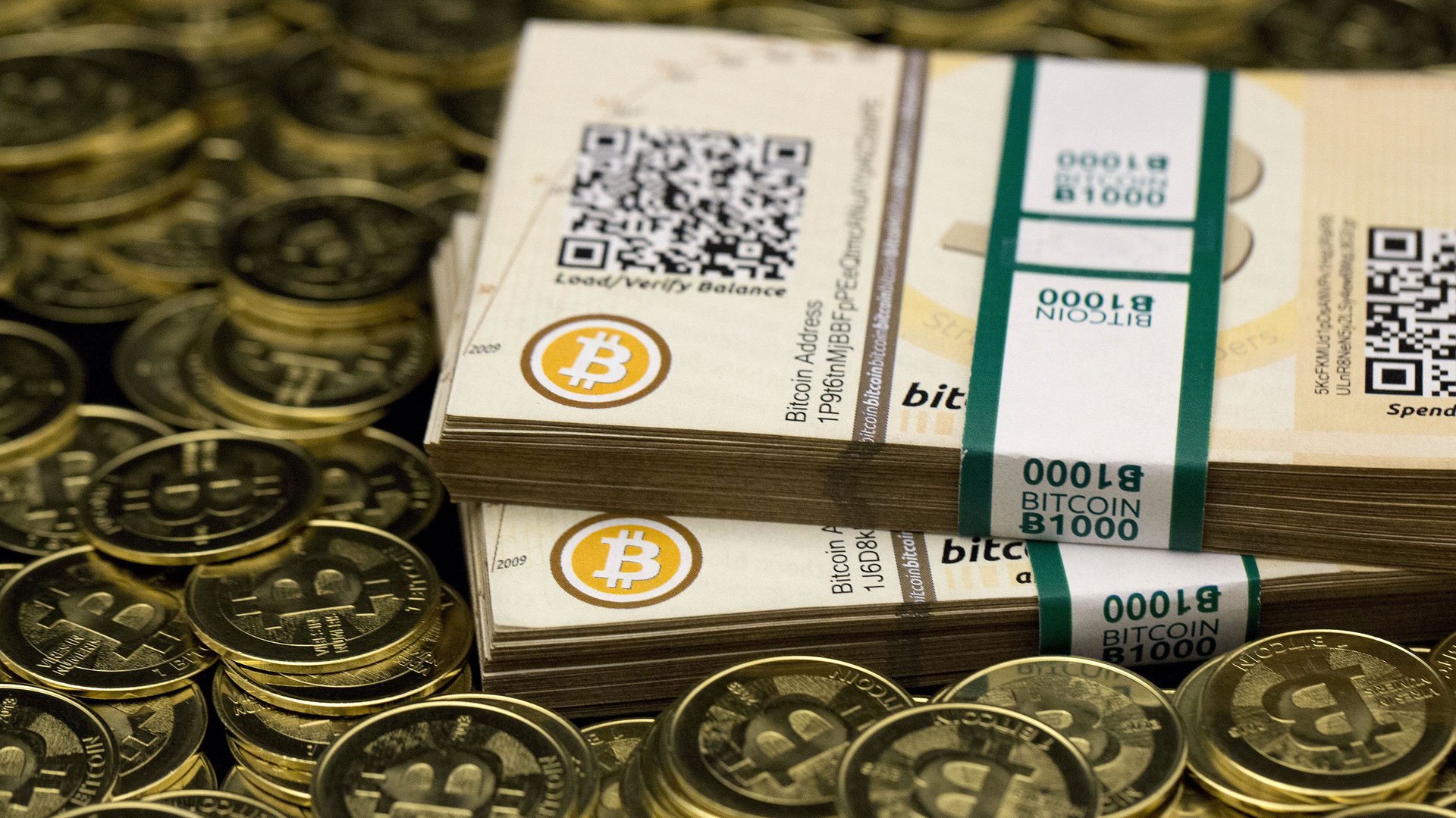There’s a strange new twist in bitcoin’s “civil war”—and a way to bet on the outcome
Just as the bitcoin world thought it was safe, a new threat to the cryptocurrency’s stability has emerged.


Just as the bitcoin world thought it was safe, a new threat to the cryptocurrency’s stability has emerged.
Last week, the price of bitcoin rallied near all-time highs as a proposal to increase its transaction capacity was backed by over 97% of the cryptocurrency’s miners, reducing the odds of a so-called “hard fork.” But now, a weird new proposal has emerged that guarantees a split in the currency on Aug. 1. This time, however, the bitcoin world isn’t freaking out about it.
Last week’s relief rally came in response to what was called Bitcoin Improvement Proposal (BIP) 91. Nearly all miners—who process transactions and introduce new bitcoins to the money supply—backed it. But BIP 91 stops short of delivering what a vocal faction of the bitcoin world wants: A greatly increased limit on the number of transactions the network can handle, also called the “block size” limit.
Some quick background on this increasingly messy situation: Bitcoin’s creator set an arbitrary cap on the block size of 1 megabyte. The so-called “civil war” in bitcoin over the past few years has centered on whether that limit should be changed, how, and by how much. BIP 91 will double the maximum number of transactions on the bitcoin network but, crucially, without touching the hard-coded 1-megabyte limit. It achieves this with a workaround called Segregated Witness, or “SegWit,” that cleverly cleaves off chunks of transaction data, freeing up space for more transactions.
Since SegWit doesn’t change the block-size limit, some bitcoiners feel that it’s simply kicking the can down the road. They also fear it could diminish the bitcoin network’s importance, as SegWit paves the way for “layer two” solutions that will allow speedy and voluminous transactions to take place outside the bitcoin network. This creates a scenario in which most transactions take place off the bitcoin network, with the occasional settlement transaction on the network.
Which brings us to the new proposal, which is confusingly named “bitcoin cash.” It calls for an eight-fold increase in the block-size limit on Aug. 1. Its name alludes to the faction that wants bitcoin to be a payment network—as readily available and easy to use as cash—as opposed to the group that sees bitcoin as akin to digital gold.
One exchange has started a futures market for bitcoin cash, since it doesn’t actually exist yet. On its first day of trading, on July 23, one unit of bitcoin cash traded for around half a bitcoin. It has slipped to around 0.2 bitcoin per bitcoin cash at the time of writing.
Although bitcoin cash is certain to enact a hard fork in the cryptocurrency, that will matter only if it attracts enough miners to keep it going. Then, bitcoin and bitcoin cash could end up like ethereum and ethereum classic; two separate but viable coins that originated from the same blockchain. If miners ignore bitcoin cash, it will simply fade away as its transactions are rejected by miners.
With a week to go until Aug. 1, the value of bitcoin cash versus bitcoin will gauge the market’s confidence in this new rival prevailing in bitcoin’s raging internal conflict.